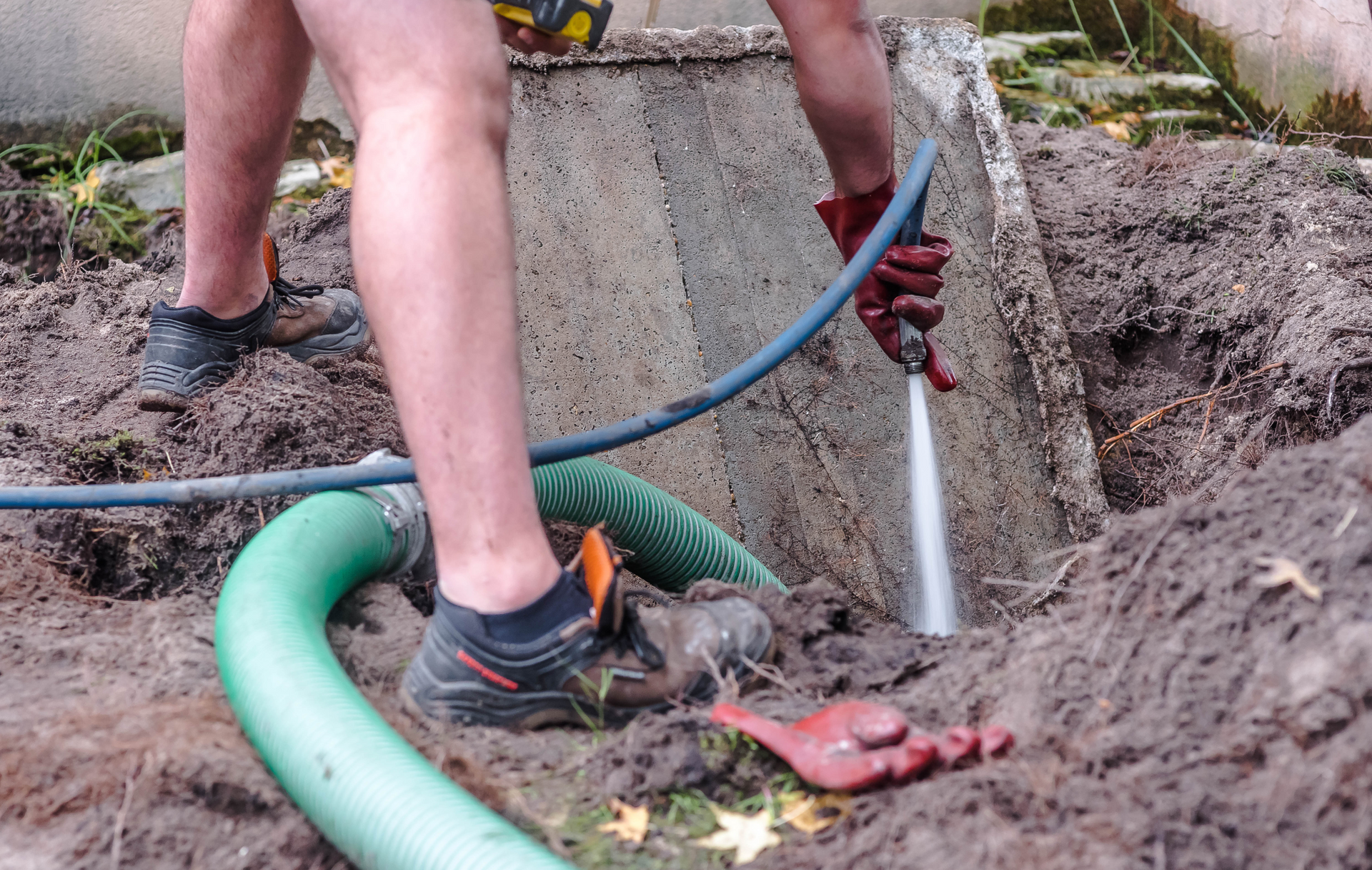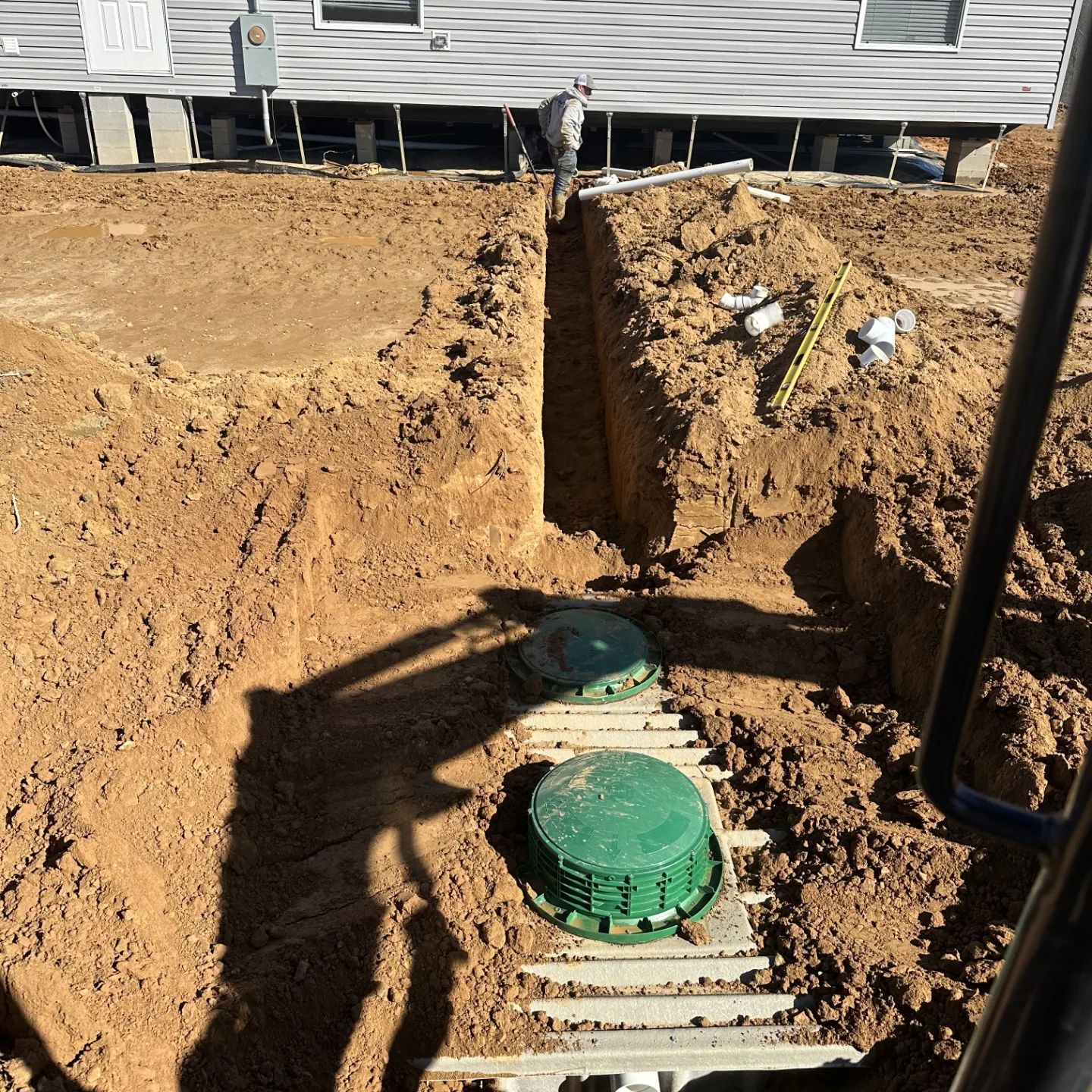Septic Tank Pumping misconceptions: What You Should Know
January 5, 2024
Misconceptions About Septic Tank Pumping: What You Should Know
Septic tank pumping is an essential aspect of septic system maintenance, but it's also surrounded by various misconceptions. These misunderstandings can lead homeowners in Oxford, MS, to make incorrect decisions regarding their septic systems. In this blog post, we will debunk some of the most common misconceptions about septic tank pumping and provide you with accurate information to ensure the proper care of your septic system.
Misconception 1: I Only Need to Pump When It's Full
One of the most prevalent misconceptions is that you should only pump your septic tank when it's full. In reality, septic tank pumping frequency depends on several factors, including the tank size, household size, and water usage. Waiting until it's full can lead to backups, clogs, and system damage. It's essential to follow a regular pumping schedule recommended by a professional septic service like Oxford Septic Service.
Misconception 2: Additives Eliminate the Need for Pumping
Some homeowners believe that septic additives or treatments can replace the need for pumping. While these products may help maintain the microbial balance in your tank, they cannot break down solid waste as effectively as pumping. Regular pumping remains a crucial part of septic system maintenance.
Misconception 3: Pumping Damages the System
Another myth is that pumping your septic tank can harm the system. In reality, professional septic tank pumping extends the life of your system by preventing solid waste buildup. When done correctly, pumping should not cause damage. It's essential to hire a reputable septic service like Oxford Septic Service to ensure the job is done properly.
Misconception 4: Pumping Is a DIY Job
Some homeowners attempt to pump their septic tanks themselves to save money. This is not advisable as septic tank pumping is a complex and potentially hazardous task. It requires specialized equipment and knowledge to avoid health and environmental risks. It's best to leave septic tank pumping to trained professionals.
Misconception 5: Pumping Removes All Bacteria
Septic tanks rely on beneficial bacteria to break down waste. Some homeowners worry that pumping will remove these bacteria. However, a well-maintained septic system will retain enough bacteria to continue the waste digestion process. Pumping removes excess solid waste but not the essential microbes.
Misconception 6: Pumping Is an Irregular Expense
Some homeowners view septic tank pumping as an unexpected and irregular expense. In reality, it should be a planned part of your septic system maintenance budget. Regular pumping can prevent costly repairs and emergencies down the line, making it a cost-effective investment in the long run.
Misconception 7: Septic Pumping Is Unnecessary for New Systems
Even newly installed septic systems require pumping. While they may not need it as frequently as older systems, they can still accumulate solid waste over time. It's essential to establish a pumping schedule with a professional service provider to maintain the health and longevity of your new system.
Misconception 8: All Septic Services Are the Same
Not all septic service providers are equal. Choosing the wrong one can lead to inadequate pumping and maintenance. It's crucial to select a reputable and experienced company like Oxford Septic Service with a track record of quality service and customer satisfaction.
Misconception 9: Pumping Solves All Septic Problems
While pumping is essential, it may not solve all septic issues. Problems like drain field clogs or damaged components require additional attention. Regular inspections by a professional service provider can help identify and address potential problems before they escalate.
Misconception 10: Septic Pumping Is a One-Time Job
Lastly, some homeowners believe that septic tank pumping is a one-time task. In reality, it's an ongoing process that requires regular attention. Establishing a pumping schedule based on your system's needs is essential to prevent issues and ensure optimal performance.
In conclusion, understanding the truth behind common misconceptions about septic tank pumping is crucial for the proper care of your septic system. Regular pumping, conducted by a reputable service provider like Oxford Septic Service, is a fundamental aspect of septic system maintenance. By debunking these myths and following best practices, you can ensure the longevity and efficiency of your septic system, preventing costly repairs and emergencies.

Septic tank pumping is a crucial aspect of septic system maintenance that often goes overlooked by property owners. Regular pumping helps prevent costly repairs, prolongs the lifespan of the septic system, and protects the environment from contamination. In this guide, Oxford Septic Services shares valuable insights into the importance of routine septic tank pumping and its many benefits. Chapter 1: Understanding the Role of Septic Tank Pumping Overview of the septic tank pumping process and its significance in maintaining a healthy septic system Explanation of how septic tank pumping removes accumulated solids and sludge from the tank, preventing clogs and backups Chapter 2: Preventing Costly Repairs and System Failures Discussion of the potential consequences of neglecting septic tank pumping, including system backups, drain field damage, and groundwater contamination Exploration of the financial implications of septic system repairs and replacements compared to the relatively low cost of routine pumping Chapter 3: Extending the Lifespan of Your Septic System Explanation of how regular septic tank pumping helps prolong the lifespan of the septic system by reducing stress on system components and preventing premature failure Discussion of the correlation between routine pumping and the overall health and longevity of the septic system Chapter 4: Protecting the Environment and Public Health Examination of the environmental and public health risks associated with untreated wastewater discharge from poorly maintained septic systems Explanation of how routine septic tank pumping helps mitigate these risks by preventing groundwater contamination and protecting local water sources Chapter 5: Maintaining Property Value and Resale Potential Exploration of the impact of a well-maintained septic system on property value and resale potential Discussion of how routine septic tank pumping demonstrates responsible property ownership and can increase buyer confidence during real estate transactions Chapter 6: Ensuring Regulatory Compliance Overview of local regulations and requirements regarding septic system maintenance and pumping frequency Explanation of how routine septic tank pumping helps property owners remain in compliance with regulatory standards and avoid potential fines or penalties Chapter 7: Best Practices for Scheduling Septic Tank Pumping Recommendations for establishing a regular pumping schedule based on factors such as household size, water usage, and septic system capacity Tips for working with professional septic service providers like Oxford Septic Services to schedule timely and efficient pumping services Conclusion: Routine septic tank pumping is an essential aspect of responsible septic system ownership, offering numerous benefits for property owners, the environment, and public health. By understanding the importance of routine pumping and working with trusted professionals like Oxford Septic Services, property owners can ensure the long-term performance and reliability of their septic systems.

Installing a septic system is a critical step in ensuring proper wastewater management for residential and commercial properties. However, the installation process can be complex and requires careful planning and execution. In this comprehensive guide, Oxford Septic Services provides essential information and expert tips for homeowners and property owners considering septic system installation. Chapter 1: Understanding the Basics of Septic Systems Overview of septic systems and their components, including the septic tank, drain field, and distribution box Explanation of how septic systems function to treat and dispose of wastewater on-site, without access to a municipal sewer system Chapter 2: Assessing Site Conditions and Permitting Requirements Guidance on assessing soil conditions, topography, and site suitability for septic system installation Explanation of the permitting process and regulatory requirements for septic system installation, including obtaining necessary permits and approvals from local authorities Chapter 3: Designing the Septic System Overview of the steps involved in designing a septic system, including determining system size, layout, and location Discussion of factors to consider when designing a septic system, such as property size, soil type, and groundwater levels Chapter 4: Selecting and Installing Septic System Components Explanation of the different types of septic tanks, drain fields, distribution boxes, and other system components available for installation Step-by-step instructions for properly installing septic system components, including excavation, tank placement, piping installation, and backfilling Chapter 5: Ensuring Proper System Ventilation and Plumbing Connections Importance of providing adequate ventilation for the septic system to prevent the buildup of harmful gases, such as methane and hydrogen sulfide Guidelines for properly connecting plumbing fixtures, such as toilets, sinks, and showers, to the septic system to ensure efficient wastewater flow Chapter 6: Conducting Final Inspections and Testing Overview of the final inspection and testing process to ensure that the septic system meets all regulatory requirements and functions properly Explanation of common tests conducted during the final inspection, such as hydraulic load testing, dye testing, and soil percolation testing Chapter 7: Maintaining and Caring for Your New Septic System Recommendations for ongoing maintenance and care of the newly installed septic system, including routine pumping, inspection, and monitoring Tips for avoiding common pitfalls and ensuring the long-term reliability and performance of the septic system Conclusion: By following the guidelines and expert tips provided in this guide, property owners can navigate the septic system installation process with confidence. With careful planning, proper design, and professional installation by Oxford Septic Services, property owners can ensure the reliable operation and longevity of their septic systems for years to come.
